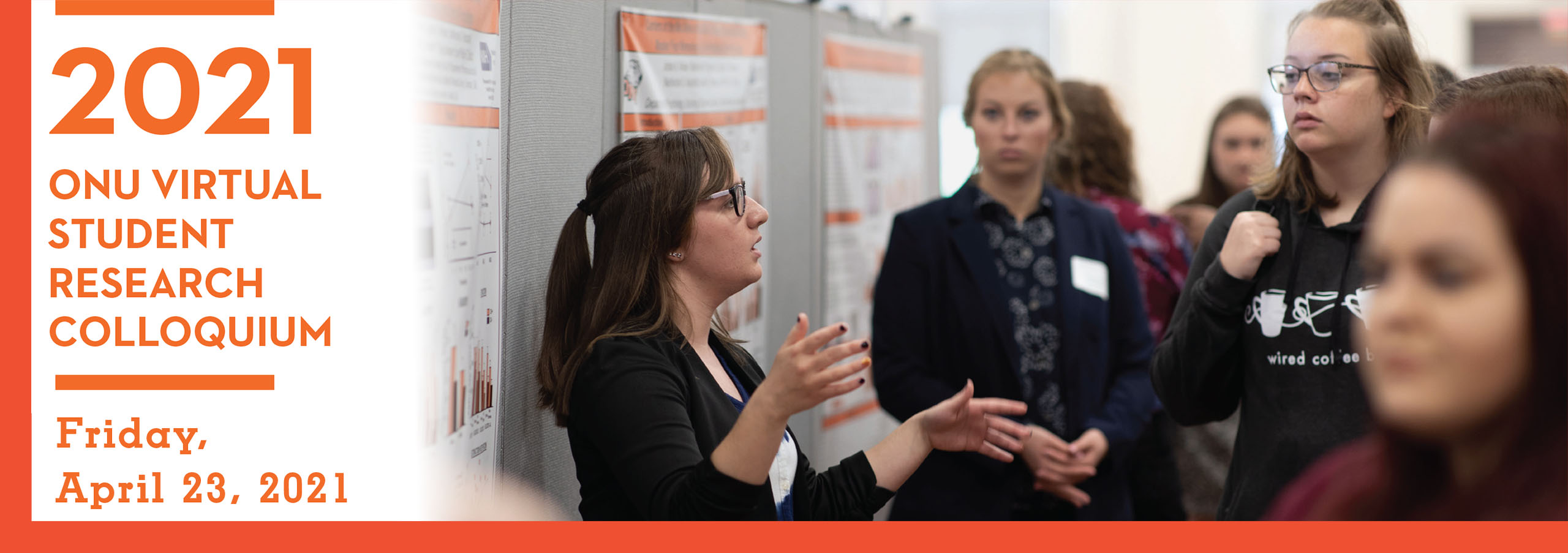Sponsor
Kelly Shields, PharmD
Ohio Northern University
Pharmacy
k-shields@onu.edu
Advisor(s)
Kelly Shields, PharmD
Ohio Northern University
Pharmacy
k-shields@onu.edu
Yong Wang
Ohio Northern University
Statistics, Science, Technology, and Mathematics
y-wang.4@onu.edu
Kristie Payment, PhD
Ohio Northern University
Psychology, Health & Behavioral Sciences
k-payment@onu.edu
Document Type
Poster
Start Date
23-4-2021 9:00 AM
Abstract
Objective: This study categorizes goals (personal vs professional and long vs short-term) of student pharmacists. An increase in the proportion of long-term, professional goals is expected as students advance through the program.
Methods: Annual student goals were classified into categories (personal vs professional and long vs short term). Definitions were developed and a beta-test was conducted to confirm interpretations were consistent between raters. Multiple one-tail Z-tests with Bonferroni correction were used to compare the proportion of personal/professional and short-term/long-term goals for P1 students to the proportion of each of the classes of P2-P5 for the years of 2018 and 2019, respectively.
Results: Comparison of goals indicated the proportion of personal goals for P1 students was significantly higher than the proportion of personal goals in all other years of the program for 2018 and 2019 with limited exceptions. The proportion of short-term goals for P1 students was higher than the proportion of short-term goals for most other years of the program.
Conclusion: As students progress through the program, self-identified goals become more professional and long-term. Recognition of this difference could aid the College in providing differentiated support for student achievement of their goals.
Recommended Citation
Pham, Han and Mullin, John, "Classification of Student Developed Annual Goals" (2021). ONU Student Research Colloquium. 46.
https://digitalcommons.onu.edu/student_research_colloquium/2021/posters/46
Open Access
Available to all.
Classification of Student Developed Annual Goals
Objective: This study categorizes goals (personal vs professional and long vs short-term) of student pharmacists. An increase in the proportion of long-term, professional goals is expected as students advance through the program.
Methods: Annual student goals were classified into categories (personal vs professional and long vs short term). Definitions were developed and a beta-test was conducted to confirm interpretations were consistent between raters. Multiple one-tail Z-tests with Bonferroni correction were used to compare the proportion of personal/professional and short-term/long-term goals for P1 students to the proportion of each of the classes of P2-P5 for the years of 2018 and 2019, respectively.
Results: Comparison of goals indicated the proportion of personal goals for P1 students was significantly higher than the proportion of personal goals in all other years of the program for 2018 and 2019 with limited exceptions. The proportion of short-term goals for P1 students was higher than the proportion of short-term goals for most other years of the program.
Conclusion: As students progress through the program, self-identified goals become more professional and long-term. Recognition of this difference could aid the College in providing differentiated support for student achievement of their goals.

